Most people never really think about how to improve leg circulation. Everything is alright for them as long as their legs allow them to walk. But what if things aren’t fine, and the legs are not getting proper circulation?
Learning how to improve leg and foot circulation can be easy yet vital with the proper methods. The steps aren’t anything special – they’re already things you’re advised to do or not do regularly. With just a few simple yet preventive measures, you can avoid a myriad of problems that lead to something more serious.
Proper circulation means every body part gets a steady blood flow rate. The further a body part is away from the heart, the longer it takes for the blood to reach it. And if circulation is poor, blood flow is interrupted.
For your legs, that means your blood must be able to reach down to your toes. If not, you’ll start feeling symptoms such as numbness and cold toes. You may also feel tired sooner than expected.
Because your feet are quite far from the heart, it’s easy to get poor leg circulation. Some issues can even make the problem worse. Here are some health problems that can cause poor leg circulation.
Being obese doesn’t automatically mean you have poor leg circulation, but it does increase your risk of diabetes and high blood pressure. Maintain a healthy diet to lower your weight and help improve overall blood circulation.
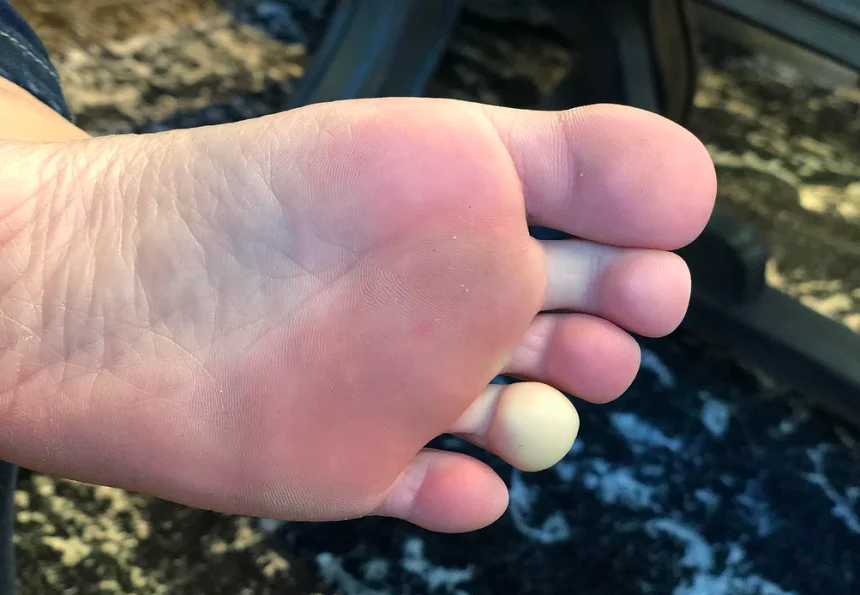
This causes the affected area to change color to white, then blue, and then red as the blood flow returns.
Also known as Reynaud’s Phenomenon Trusted Source Raynaud's Phenomenon | Johns Hopkins Medicine Raynaud’s Phenomenon affects blood flow to the fingers and less frequently to the ears, toes, nipples, knees, or nose. Exposure to cold and emotional upset are the triggers. www.hopkinsmedicine.org , it’s a condition where the blood vessels constrict and spasm in response to the cold or stress. The fingers and toes are usually the affected parts, but it can also happen to your nose, ears, lips, or nipples. You can tell it’s happening when your fingers and toes turn white or blue while you’re cold or stressed. Thankfully, the symptoms don’t last long – usually for about a minute.
People with diabetes know the risk of foot ulcers not healing all too well, which is why it’s almost imperative to know how to improve lower leg circulation. High blood glucose Trusted Source Poor Blood Circulation Poor blood circulation, which will be experienced in people with peripheral arterial disease (PAD), can lead to a higher chance of developing serious foot problems. The good news is that circulation can be improved, with exercise being one of the key factors. www.diabetes.co.uk damages the blood vessels, leading to plaque buildup that restricts blood flow. And if there’s little to no blood flow, wounds can’t heal.
Constant high blood pressure gradually weakens your blood vessels. To compensate, blood vessels harden, making them inflexible. And if the arteries are narrow, blood can’t go through as easily. This hardening is called arteriosclerosis.
Not to be confused with arteriosclerosis Trusted Source Arteriosclerosis / atherosclerosis - Symptoms and causes - Mayo Clinic Arteriosclerosis and atherosclerosis are sometimes used to mean the same thing, but there’s a difference between the two terms. www.mayoclinic.org , atherosclerosis happens when foreign substances such as excess fat and cholesterol clog the arteries. As they block the way, blood flow worsens. The buildup of fat and cholesterol is called plaque; sometimes, it can burst, causing more significant problems.
If someone has untreated arteriosclerosis, peripheral artery disease is what happens next. Having PAD usually means you have a lot of plaque buildup, which a doctor must treat before it causes more complications. If not, your muscles won’t get any blood, leading to amputation in the worst cases.
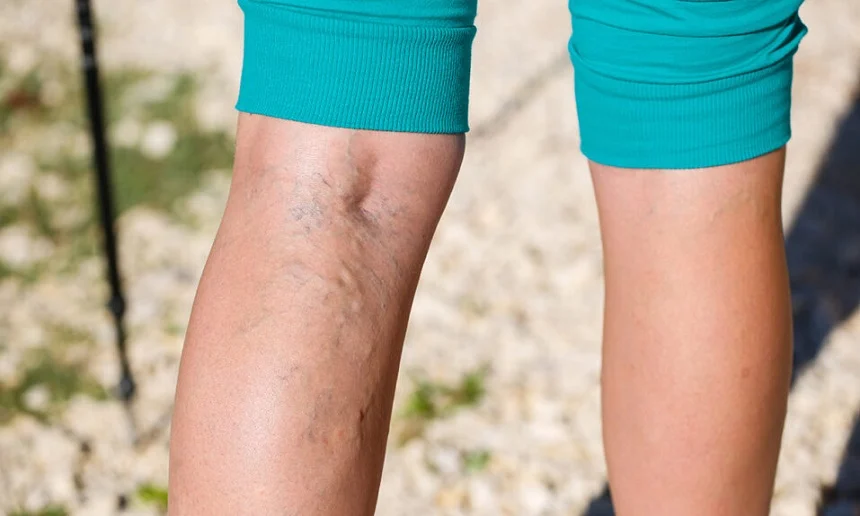
Varicose veins most commonly affect the veins in the legs. That’s because standing and walking increase the pressure in the veins of the lower body.
Not knowing how to improve poor leg circulation can lead to varicose veins Trusted Source Varicose Veins: Causes, Symptoms and Treatment Varicose veins have blood backed up inside them, making them look blue or purple under your skin. Several treatments can help, but varicose veins can develop again. my.clevelandclinic.org . This occurs when the veins in your legs become weak and twisted. The blood flows the wrong way and just sits there because the twisted vein stops it. Most cases aren’t dangerous, but they can be painful.
Called DVT, for short, deep vein thrombosis is caused by a blood clot in the vein. This usually happens when blood flow is poor and the blood pools at a specific spot. The resulting clot blocks the flow even further and could travel elsewhere into your body. This usually starts in the vein of one of your legs.
If the blood clot from one of your deep veins somehow gets dislodged, it can cause a pulmonary embolism if it reaches your lung. Once the clot attaches itself to a blood vessel, blood flow gets disrupted, lowering oxygen level. PE can make it harder to breathe and can also make you cough more.
Now that you know the possible causes, you need to know how to spot the symptoms of poor leg circulation. If you notice any of these, it’s time to learn how to improve leg circulation:
Do you have any of those signs mentioned earlier? If so, here’s how to improve your leg and food circulation:
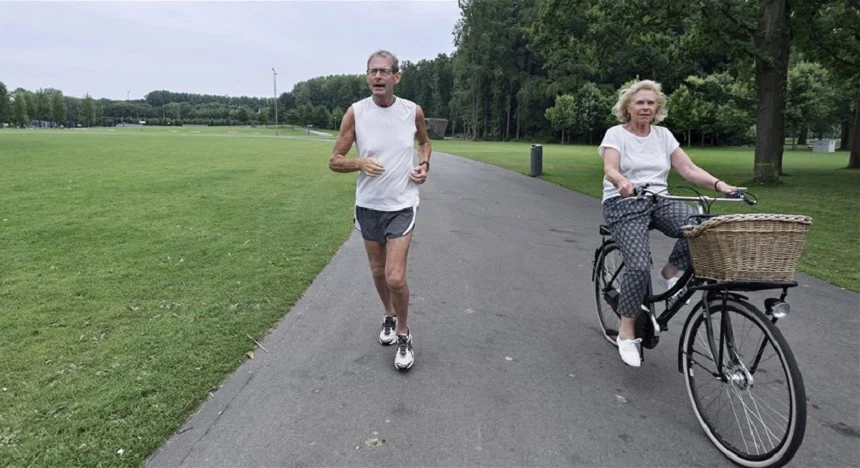
Jogging and riding are both excellent for your health, muscles, and joint flexibility.
Walking is always an excellent way to improve leg circulation. The regular contraction and relaxation of your leg muscles promote healthy blood flow, especially in problematic areas. Even just five minutes of walking makes a difference in your health.
Finding it difficult to walk due to balance issues? Take one of the best walking canes with you to keep your balance.
You don’t need to be a master of flexibility to practice yoga. You can do some simple yoga poses even while you’re sitting down. They’re more than enough to improve your health and your blood circulation.
Smoking affects your body negatively, and hindering your blood circulation is only one of them. It can also cause arteriosclerosis, leading to PAD. You can lower your risk of getting these diseases by not smoking.
We’ve mentioned earlier what causes atherosclerosis – excess fat and cholesterol. Eliminate this risk by changing your diet to a healthier one. Not only will you improve your blood flow, but it will also help you lose weight and avoid other problems.
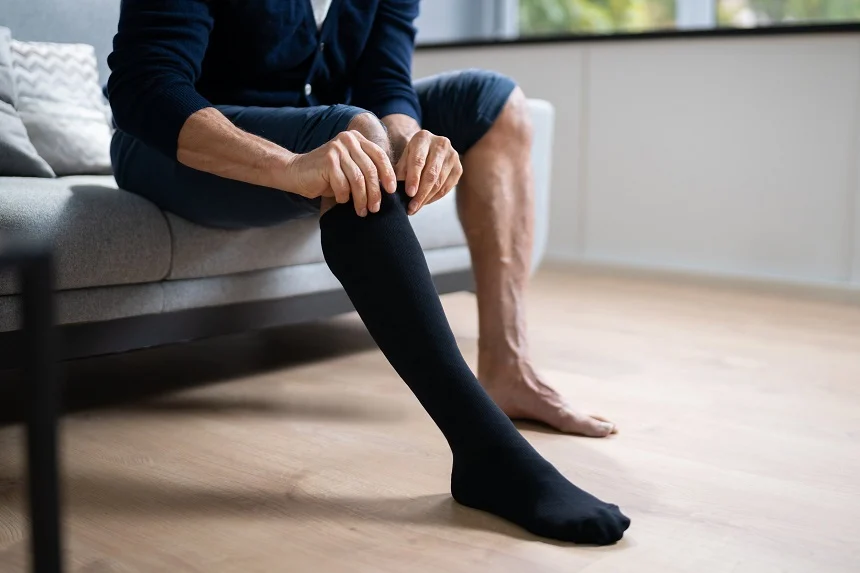
Compression stockings and socks provide external support to the vein walls and work in conjunction with the calf muscle pump.
If you’re sitting or standing for a long time, your legs could swell and be painful. That’s because the blood circulation is poor due to lack of movement, along with more downward pressure on your legs. To combat this, wear a pair of compression stockings to help regulate the blood flow. They come in different compression levels, depending on how long you’ll be using them and what you’ll be doing.
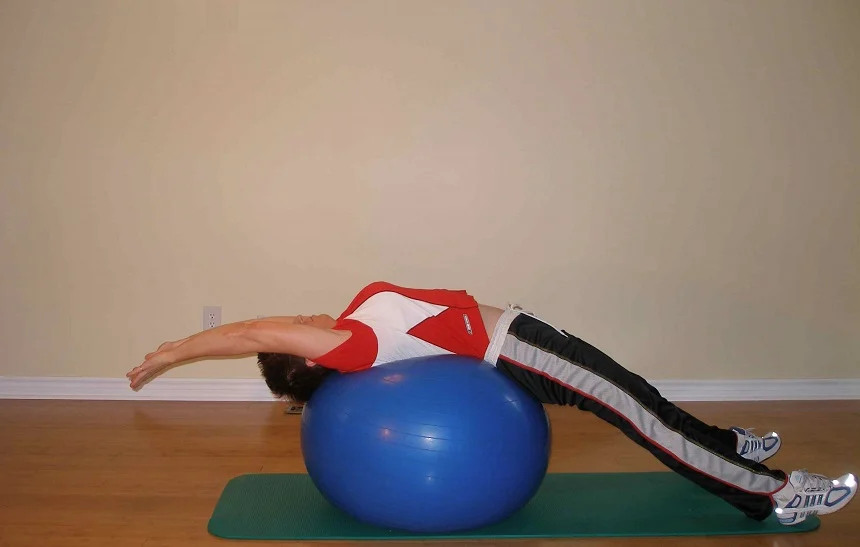
Stretching keeps the muscles flexible, strong, and healthy, and we need that flexibility to maintain a range of motion in the joints.
Stretching doesn’t always have to mean yoga; sometimes, just a few simple knee bends and leg lifts can help. You know you’re helping your muscles move regardless of which stretch you do.
Want to take it to the next level? Try doing some stretches with an exercise ball. Not only will you improve your circulation, but you will also improve your posture, balance, and flexibility in the long run.
Even if you don’t notice it, stress really does affect your body in several ways, one of which is your blood pressure. Some stressful situations are unavoidable, so make sure you de-stress later when you’re able. Even if it’s something as simple as listening to music, calming down will lower your stress and help regulate proper blood flow.
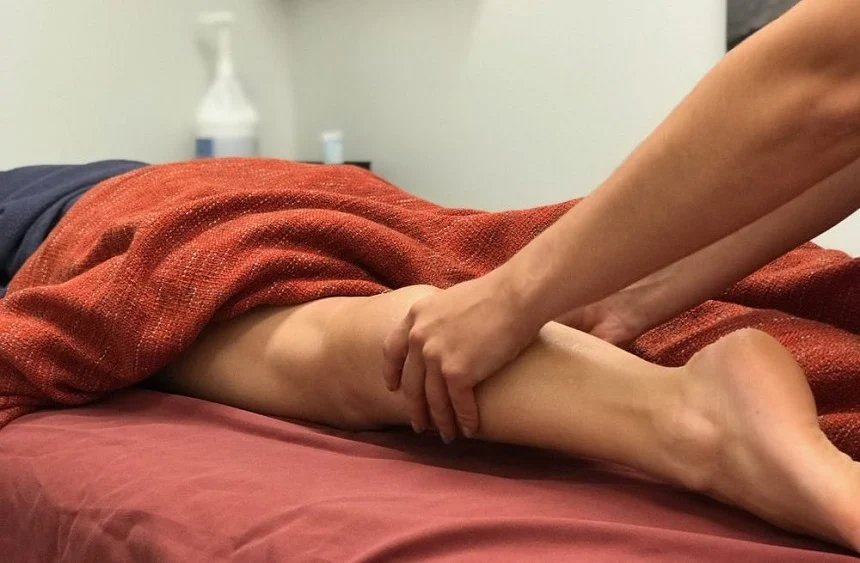
It increases your mobility, stretches muscle tissues, and improves blood supply.
Gentle massages on your legs and feet can help stimulate proper circulation. If you’re planning how to improve leg circulation in the elderly, especially those who have difficulty walking, consider giving them a leg massage regularly.
Hydration is always important. Not only does it help your muscles, but it also helps make sure the toxins from your blood are adequately filtered. Remember that this doesn’t include caffeine; it is a diuretic and can draw water out of your body instead.
A warm bath helps relax your muscles, opening up your blood vessels for more blood flow. Warm baths are also an excellent way to lower your stress levels.
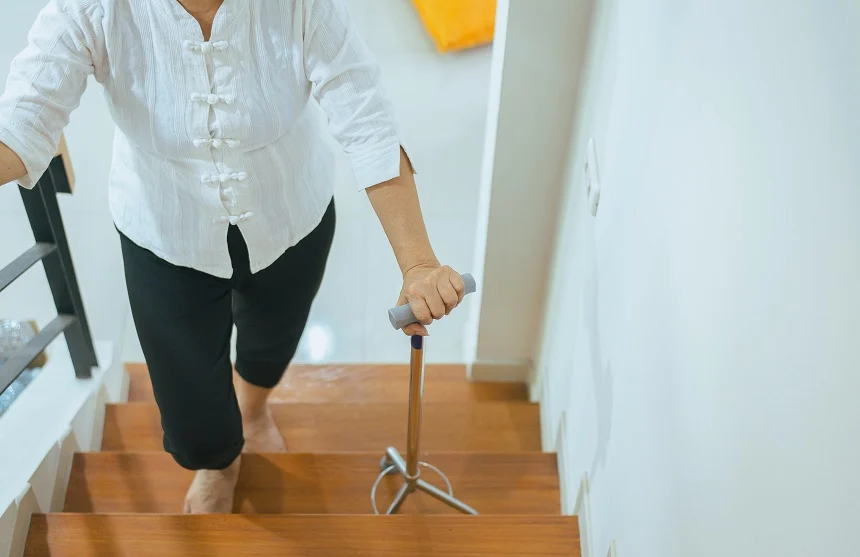
Sitting and standing with proper alignment improves blood flow, helps keep your nerves and blood vessels healthy, and supports your muscles, ligaments, and tendons.
Maintaining good posture is crucial to enjoying the benefits of an active lifestyle. Not only does it help you avoid injuries, but it also makes sure your blood flow is consistent and unrestricted.
However, some of us still need help maintaining balance, even when strolling. To help with that, consider purchasing one of the best quad canes. A little support goes a long way when maintaining proper posture during physical activities.
Sometimes, eating a healthy diet is not enough, especially when you have dietary restrictions or allergies. In this case, supplements such as Vitamin D and Omega-3 tablets might be of use to you. Supplements help cover whatever vitamins and minerals your diet might be missing.
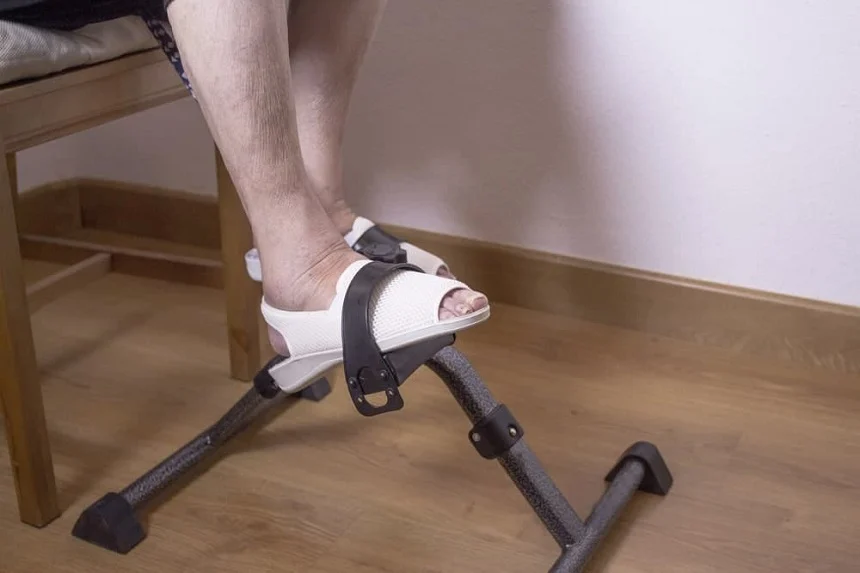
It found pedaling under a desk has major health benefits, including preventing obesity, diabetes, and heart disease through insulin resistance.
If walking is physically difficult at the moment, you can still generate some sort of movement even if you’re sitting down. You should consider a pedal exerciser when planning how to improve leg circulation while sitting.
With the help of the best pedal exercises for seniors, you can ensure you’re regulating blood circulation in your legs, even when sitting down. They don’t require any unique setup either; simply place them down on your floor and start pedaling.
As mentioned earlier, you don’t need to keep walking around just to improve your leg circulation. You can also do them while sitting; here’s how:
Plant both feet flat on the ground. Then, lift one foot slightly and rotate your ankle ten times in each direction. Do the same for the other foot.
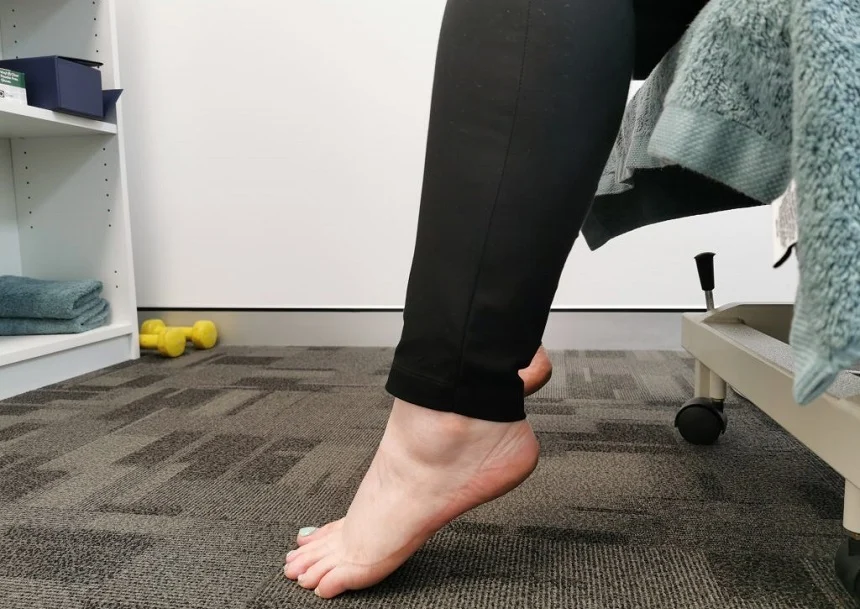
Heel raises are a common therapeutic exercise for treating plantar fasciitis and improving leg blood flow.
With your feet firmly in front of you, lift both feet halfway up, so only your toes are touching the ground. Hold for three seconds before gently placing them back down. Repeat this ten more times, and you may feel free to alternate between lifting your heels or your toes.
This stretch works better if you’re sitting on the floor. Sit with your legs stretched out in front of you to get started. Then, point your toes towards you and bend your ankle backward. Hold this for 3 seconds – you should feel the pull on your calf. Repeat this ten times, making sure to alternate between each leg.
The strap stretch works similarly to the calf stretch, except you’re using a strap or a flexible belt this time. The steps are the same; the only difference is you’ll be using the strap to pull your foot towards you. You can hold the pull for 3 seconds and do it multiple times, or do one long pull for about 30 seconds on each leg.
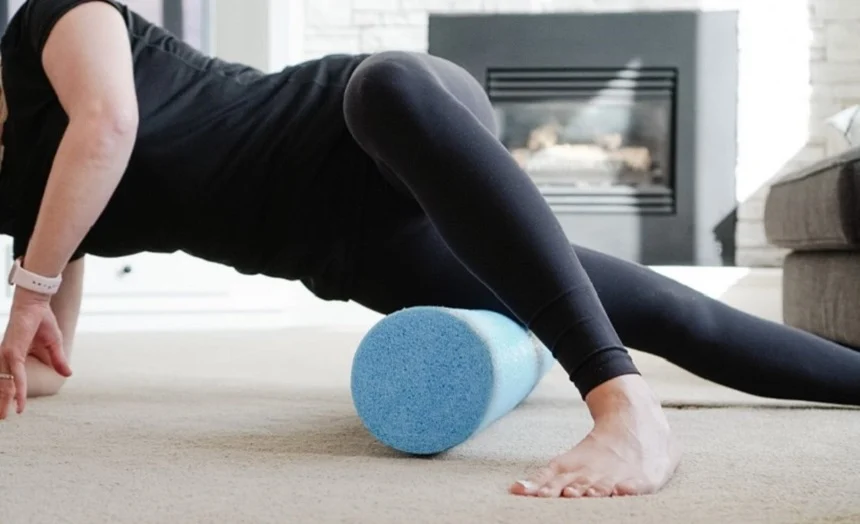
It can increase your range of motion, flexibility, and mobility while boosting circulation and lymphatic flow.
If you have a foam roller, place it under your ankles and roll it back and forth against your calf. You can also move it further up so you can roll it against your hamstring.
Did you know you can even do some simple stretches during the night as you get ready for bed? If you want to know how to improve leg circulation naturally before sleeping, try these simple steps:

Relieve any swelling in the lower leg by using the muscles as a pump to squeeze the fluid up and out of the leg.
Make sure you’re lying down on your back, and your legs are straight. Without lifting your foot, point your toes towards you ten times. You can do this on both feet at the same time if you want.
While on your back, lift your leg and bend it so the knee points towards you. Then, move it towards your chest; feel free to use your hands for stability or distance if needed. Do this ten times on each leg.
While on your back, bend one leg, so your knee points up while your foot is flat on your bed. Then, lift the other leg while keeping it straight. Try to align both knees; if not, hold the straight leg up for a few seconds before slowly bringing it back down. Do this ten times on each leg.
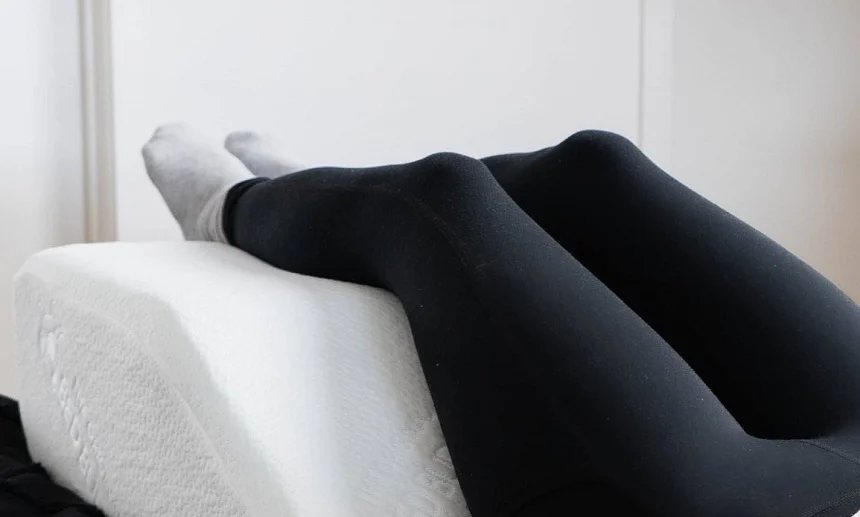
Placing the wedge pillow under your knees can relieve pressure on your lower back and also improve circulation in the legs, which helps with tired muscles and sore, swollen feet.
If you want to know how to improve leg circulation while sleeping, elevate your feet above heart level as you sleep. You can do this with the help of a bed wedge, an extra pillow, or even just with a folded blanket. Your leg circulation will be fine if your feet are resting higher than your heart.
If you think you’ll be standing in the same spot for a while, try some of these exercises to keep good leg circulation.
As you’re standing, lift your heels until you’re tiptoeing. Hold for a second, then slowly lower them back on the ground. Repeat this process ten times.
Lift one leg, so you’re only standing on one. Keep that pose for 10 seconds or so before slowly lowering your leg. Do it on the other leg, and feel free to repeat as you feel comfortable. You can even increase the amount of time your leg is raised.
Spread your feet apart, straighten your back, and then squat as far down as you can. Make sure your knee doesn’t point past your toes. Repeat as many times as possible, and feel free to go lower with each attempt.
Place the ball between your back and the wall; you want to rest slightly on the ball but not lean on it completely. Make sure the ball is against the middle of your back, then slowly roll it downwards as you squat. Feel free to hold the squat for a few seconds, then slowly push the ball up as you stand. Do this ten times or as you’re able.
Learning how to improve leg circulation is not difficult, nor does it require you to do anything special. Most of the steps are something you’d already be doing anyway. And that’s the benefit of changing your lifestyle to a healthy one – they affect multiple facets of your health with just one change.
Of course, you can always use helpful tools such as compression socks and exercise balls to improve your efforts. As long as you’re mindful of your posture, you have plenty of options to improve your leg circulation. You can even do it in your sleep.